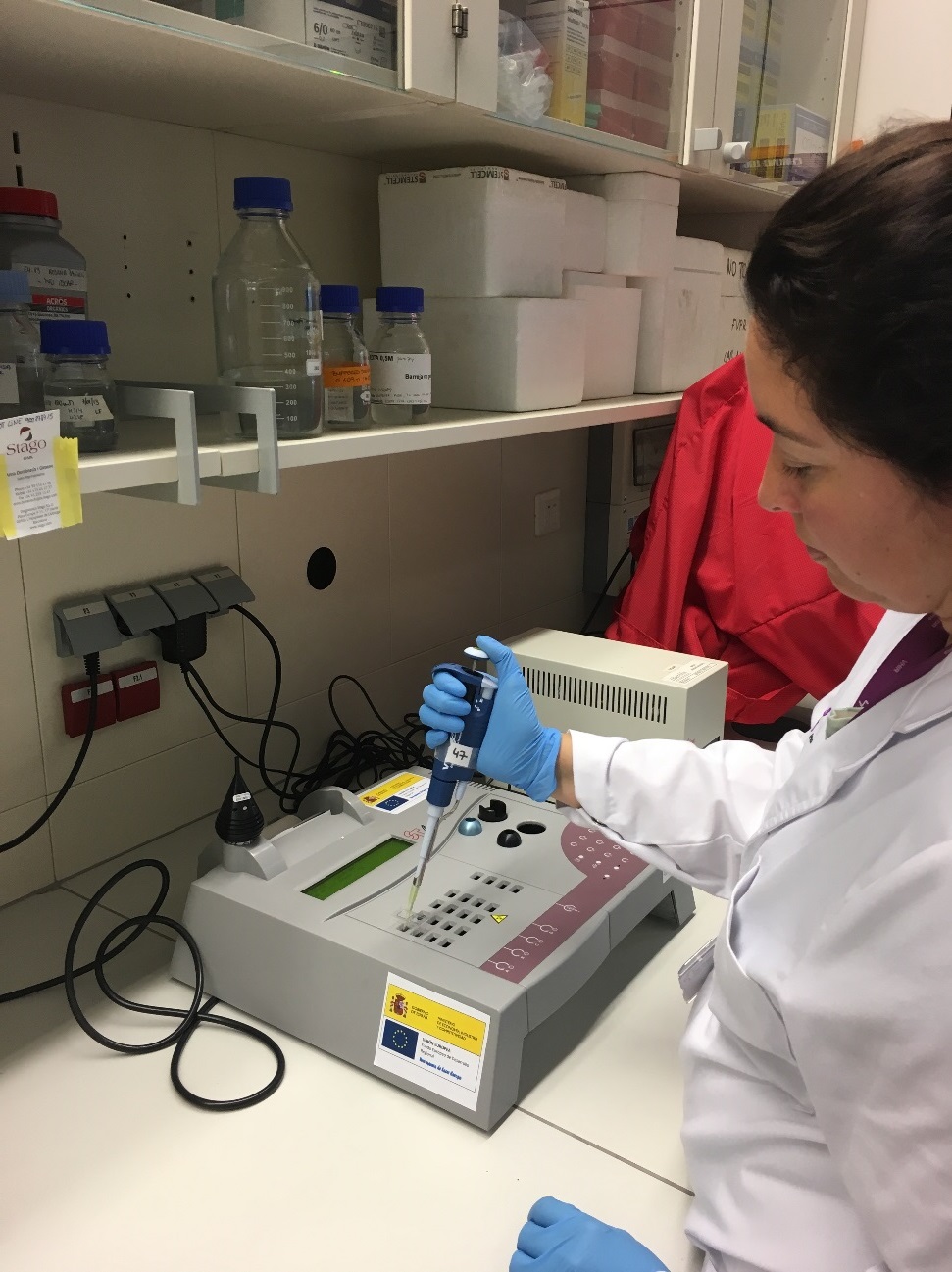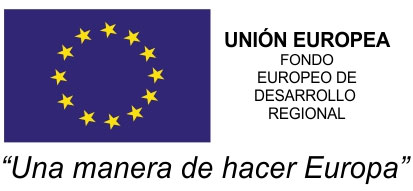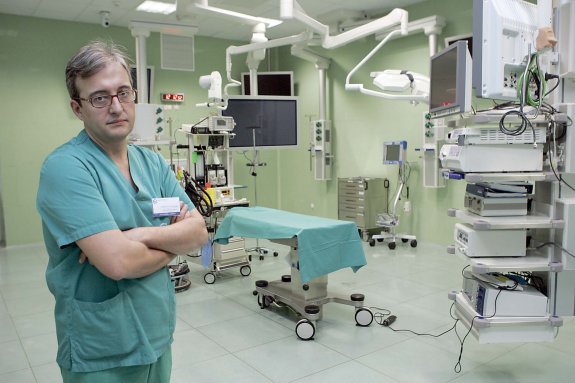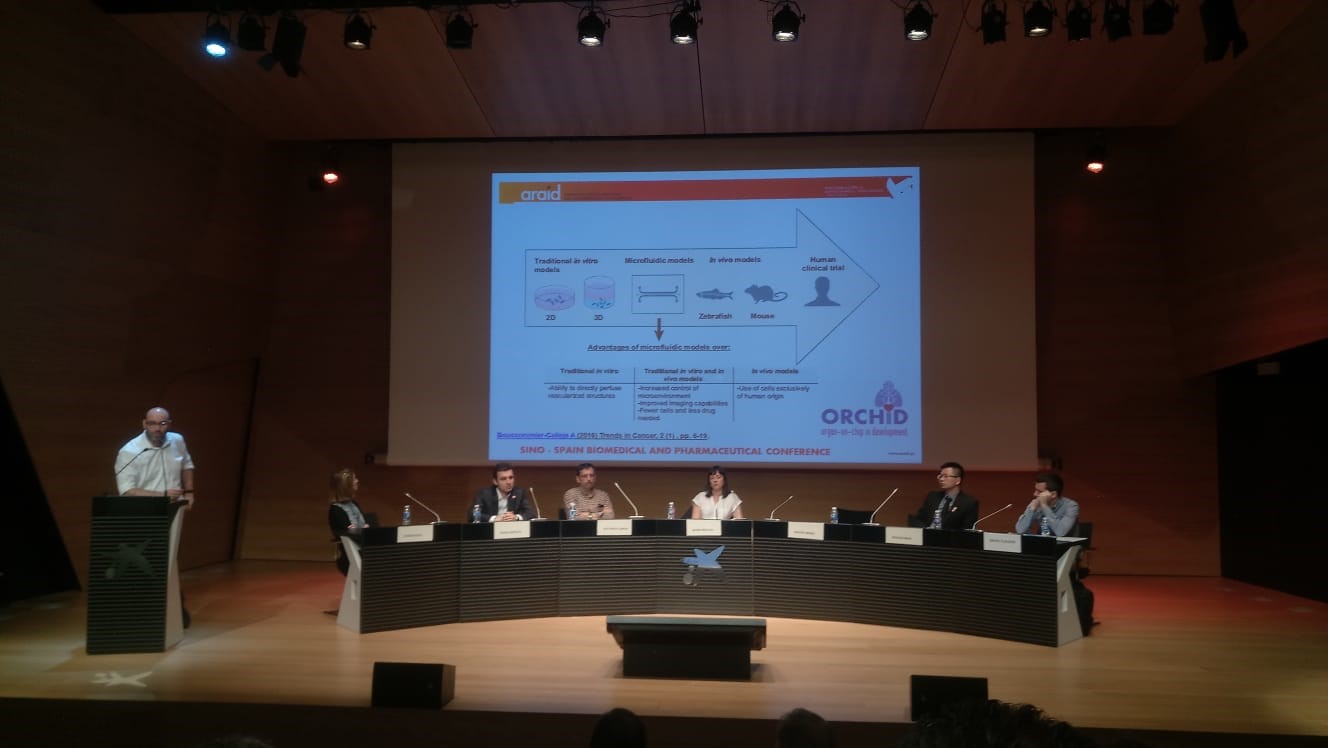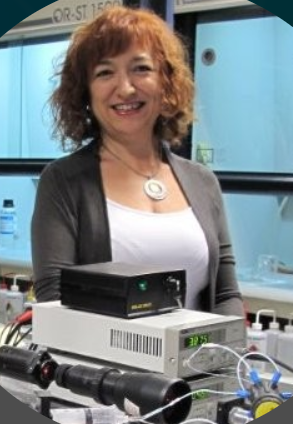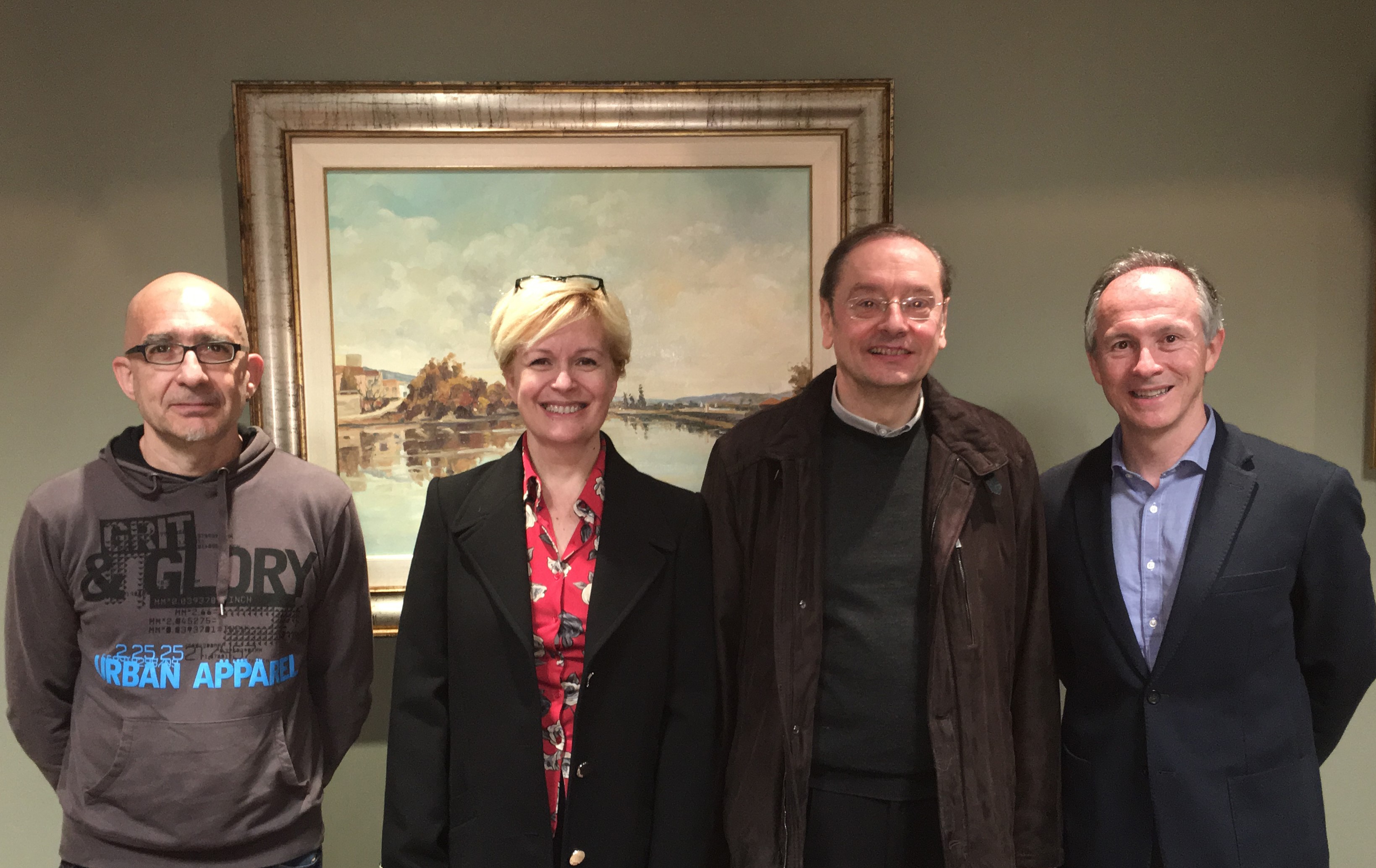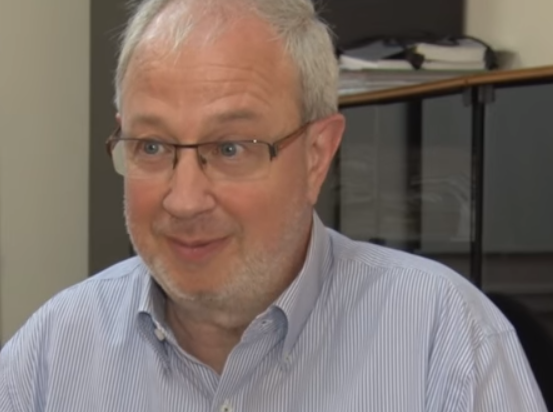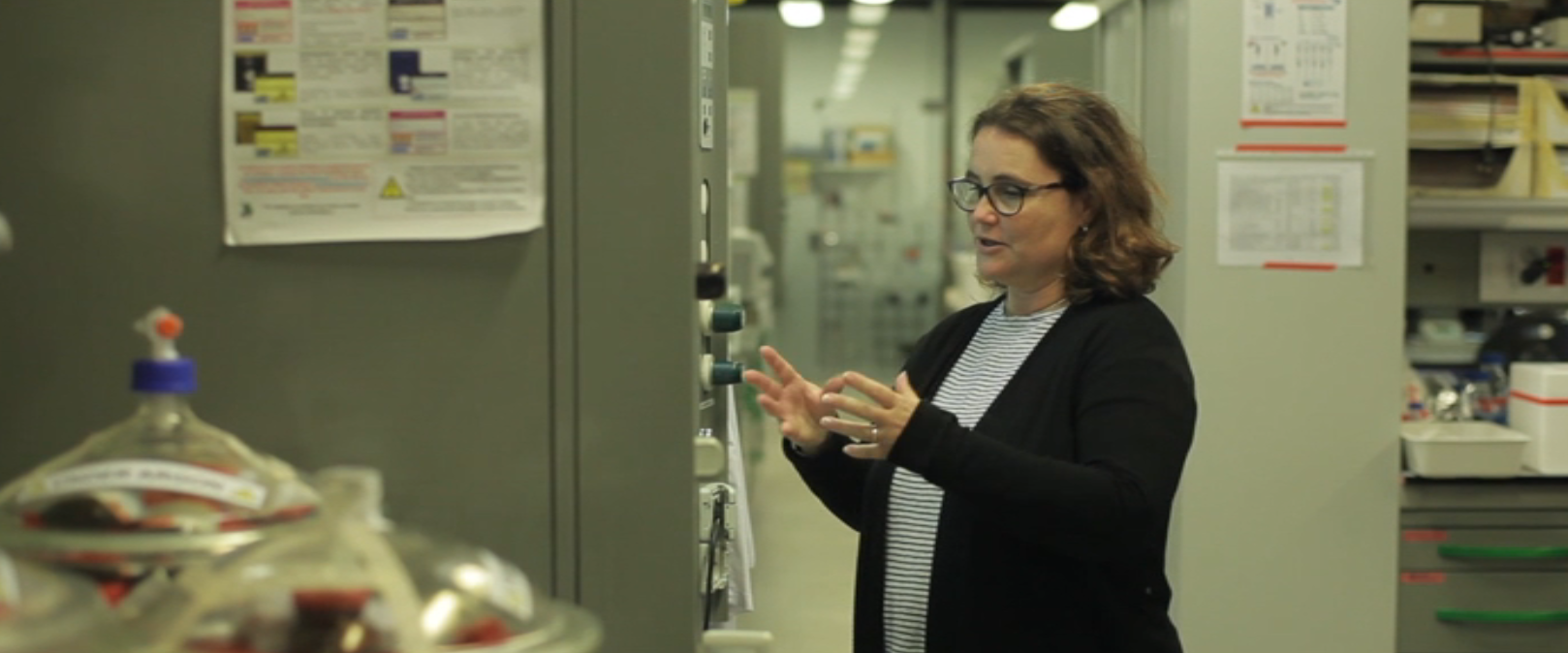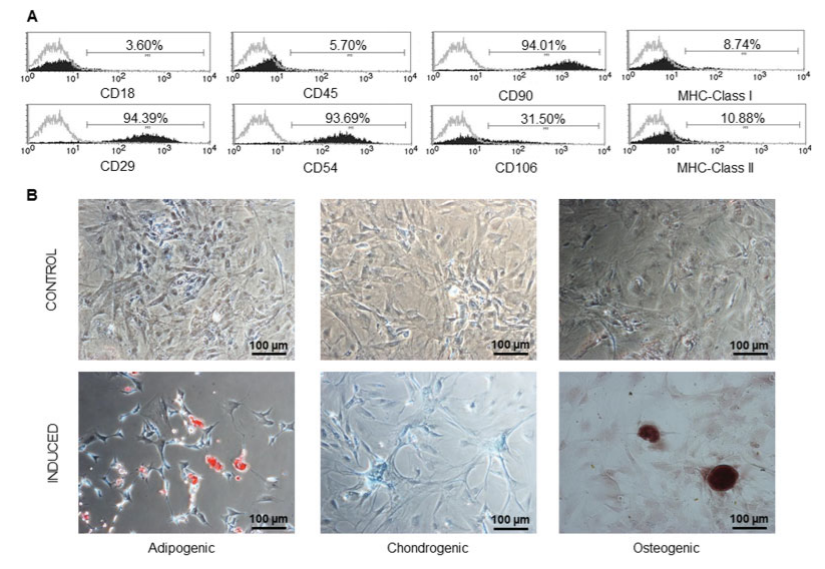NANBIOSIS Unit 20 expands its equipments and capabilities
NANBIOSIS U20- In Vivo Experimental Platform, led by Dr Simó Schwartz and Dr. Ibane Ibasolo, has recently added new equipment as a result of its participation in the project FICTS1420-20, selected by the MINECO for co-financing by the FEDER Program in ICTS 2014-2020.
The new equipment is a Coagulometer (Diagnostica Stago STart® 4 Hemostasis Analyzer) used for measuring the plasma coagulation time upon incubation with different stimulators (PT, APTT, Fibrinogen, D-dimer (quantitative), Thrombin time, Reptilase time etc.) the use o f this equipment will allow the Unit to test the hemocompatibility of novel nanomedicines in development.
